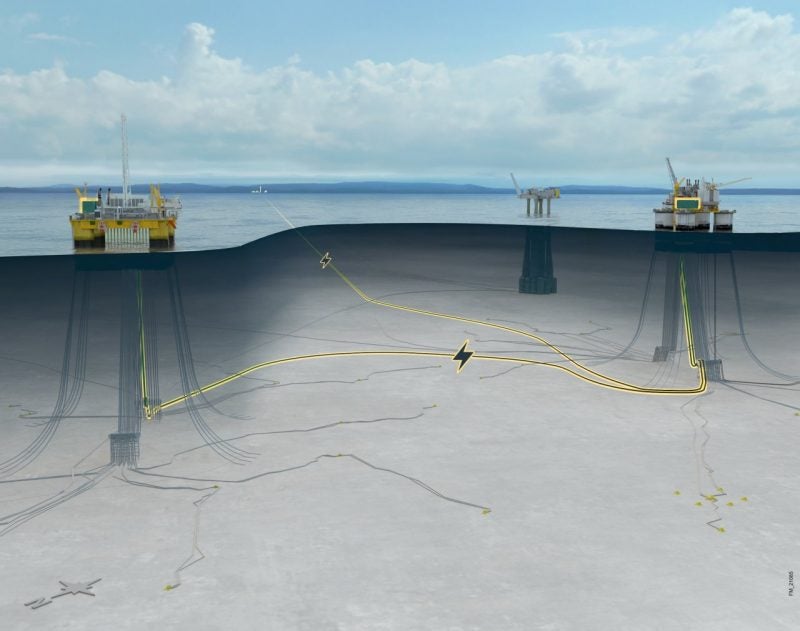
Equinor and its partners have decided to move ahead with the electrification of the Troll West structure in the Norwegian North Sea with an investment of around NOK7.9bn ($950m).
In this connection, the Troll field partners have submitted the plan for development and operation (PDO) to the Norwegian Minister of Petroleum and Energy.
The plan calls for the partial electrification of the Troll B platform and complete electrification of Troll C in the North Sea.
According to the plan, the Troll West development will be supplied with electric power via cables from shore in 2026. This will help in cutting down 466,000 tonnes of CO₂ emissions annually.
Troll B is set to be electrified partially in Q1 2024, while Troll C will be fully electrified by Q2 2026.
Equinor Norway development and production executive vice president Kjetil Hove said: “Electrification is essential to successful reduction of the emissions from the NCS, and we have ambitious plans for this. The partnership’s decision to electrify Troll B and Troll C will cut emissions substantially.
“The Troll area will deliver enormous volumes of low-emission energy for many decades, adding great value for the companies and for Norway.”
The Troll West electrification project is being supported by a commitment of NOK520m ($62.84m) from the Norwegian NOx fund.
Troll West is one of the two main structures of the Troll field apart from Troll Øst, which contains two-thirds of the recoverable gas reserves.
The Troll A platform, which produces from Troll Øst, is the first of its kind on the Norwegian shelf to run on power supplied from shore. So far, the Troll B and C platforms, which produce from Troll West, have been powered by their respective onboard gas generators.
The high-voltage subsea cable that will supply power to the two platforms will have a landfall at the Kollsnes natural gas plant operated by Equinor in Øygarden.
Aker Solutions has won an engineering, procurement, construction, and installation (EPCI) contract worth nearly NOK2.9bn ($350m) for modifying the Troll B and C topsides to receive electricity from shore.
Skanska has won a NOK390m ($47.1m) worth contract for constructing a new transformer substation, cable trenches, and landfall at Kollsnes.
On the other hand, the contract for the high-voltage subsea cable, which is worth around NOK1bn ($120.8m) has been given to NKT.
Equinor, which is the operator of the Troll field, has a 30.6% stake. The company is partnered by Petoro (56%), Shell (8.1%), Total (3.7%), and ConocoPhillips (1.6%).
In a separate announcement, Equinor said that it has reached a decision alongside its partners Petoro, Total, Neptune Energy, and Wintershall Dea, to develop Askeladd Vest in the southern Barents Sea.
Askeladd Vest, which is part of multi-phased Snøhvit project, will be developed with an investment of around NOK3.2bn ($390m).






